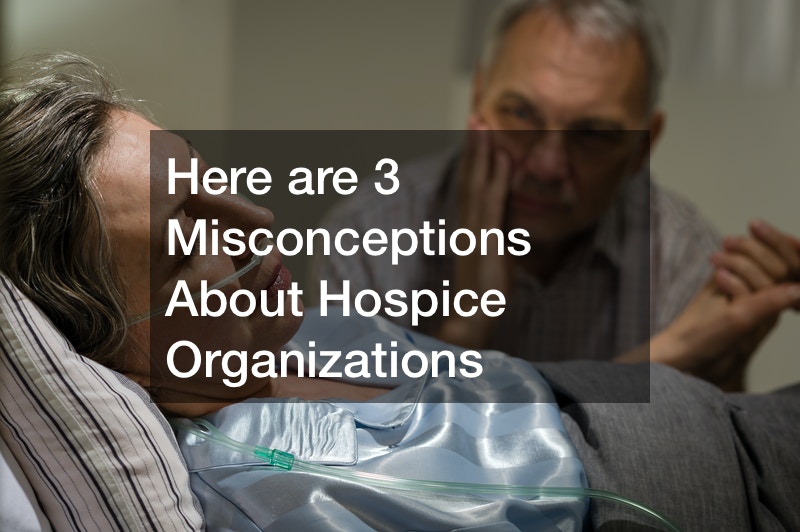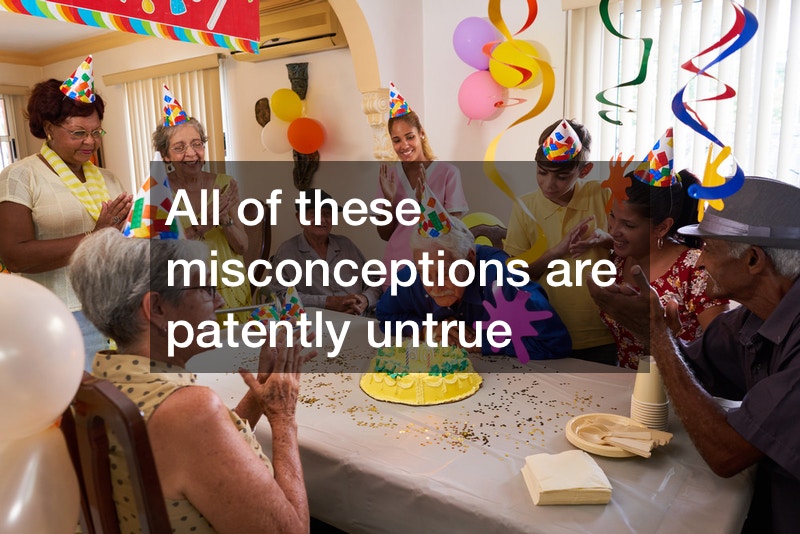

Many people will end up needing end of life care. The right hospice care can help ensure comfort and can ease someone’s passing. That said, there are a lot of misconceptions when it comes to hospice care. If you have any questions or concerns, it’s smart to study up. Also, feel free to reach out to medical professionals.
First, some people think that hospice care will accelerate someone’s passing. However, in practice, hospice care can extend someone’s life while also minimizing pain and suffering. In hospice care, individuals are often provided with the extra resources and attention needed to safeguard their well-being.
With specialized care, you can also tap into specialized services, such as hospice transportation. Such transportation services can minimize discomfort. Individuals at a center for acute hospice care often enjoy more comfort and peace in their final days.
Another great option for families is respite care. Wondering about the differences with hospice vs respite care? Respite care will provide primary caregivers, such as adult children, with a breather while still ensuring that loved ones are being looked after. With palliative care respite, caregivers can recharge before jumping back into their role as a care provider.
When someone is at the end of their life, it’s important that they have good, compassionate care so that they can stay as comfortable as is possible. Getting hospice nursing care is an important part of this process, and that can happen in a variety of different ways. If your loved one wants to know about alternatives to hospice living, there are many ways that you can get at home health and hospice care. This can keep the person more comfortable by allowing them to be in their own home with loved ones.
If you are bringing a loved one home to die, hospice care can come out to the home regularly to provide basic medical care as well as to answer questions, and have the person’s health assessed. Can you have hospice at home? Yes, a number of different hospice arrangements can be made so that there are regular home visits with your loved one. This can help a caregiver to do other things that need to be done during the visit. Many caregivers get so busy that they need that time to take care of themselves. With hospice care, the situation can be made a little bit easier.
The idea of “hospice care” dates back a lot farther than many people realize. The history of hospice dates back to the 11th century, when a religious order of monks set up hospitals along a pilgrimage road leading to Jerusalem. In the modern era, hospice care generally refers to a series of organizations designed to take care of patients who are reaching the end of their lives. However, even though these organizations have been in place for a number of decades, a number of misconceptions remain about what these places do, and this article will attempt to correct a few of those misconceptions.
- Hospice Care Accelerates the End: One misconception about hospice organizations is that their purpose is to somehow accelerate the end of a patient’s life. This is not true at all; hospice organizations are there to provide palliative care for patients who choose to enter their facilities. Their purpose is to make patients as comfortable as possible in whatever time they have left, but in no way does this involve hastening the process along.
- Patients Aren’t Allowed to Leave Hospice Organizations: Another misconception about hospice organizations is that patients aren’t allowed to leave hospice organizations once they’re admitted. While it is true that many hospice patients don’t leave once they’re admitted, it’s not because anything is preventing them from doing so. Rather, it’s because most hospice patients prefer the care they are receiving at that facility. In truth, hospice patients are free to leave anytime they wish. For example, if a patient decides that hospice care isn’t working for them and they’d prefer to go home, they are free to go. There is nothing forcing hospice patients to stay in a facility.
- Hospice Services Leave Patients Alone All Day: And finally, a third misconception about hospice organizations is that patients staying there are left alone the entire day. This is also not true because these facilities are staffed with workers who are on call 24 hours a day and seven days a week. Patients are never left alone, and in fact all of these facilities have services and activities that patients can participate in throughout the day.
In conclusion, there are several misconceptions about hospice organizations. These misconceptions include the idea that hospice care accelerates the end, patients aren’t allowed to leave hospice organizations, and hospice services leave patients alone all day. All of these misconceptions are patently untrue, and hospice care remains helpful to this very day.
